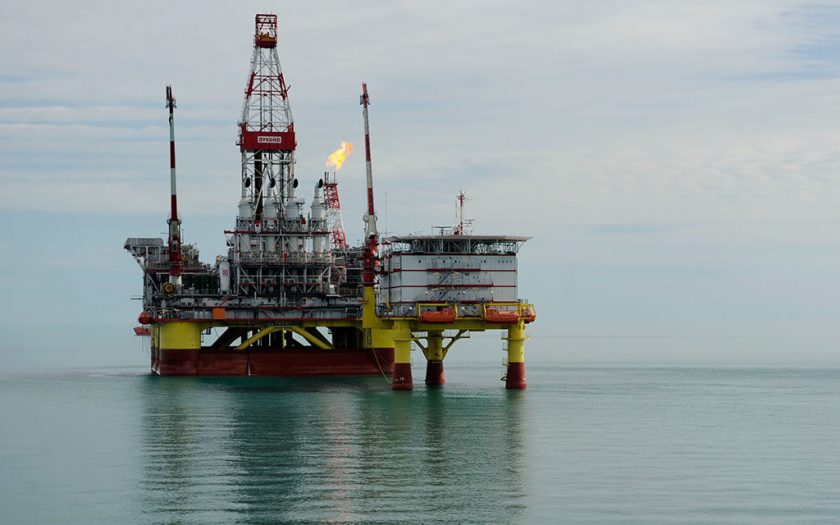
Eleven months ago, the price of Brent crude oil was less than $45 a barrel; a few days ago it breached $80 for the first time since November 2014. To make sense of what’s going on, I approached Richard Hulf, who, with John Dodd, manages the Artemis Global Energy Fund. This fund primarily invests in oil and gas stocks, along with companies in the wider energy industry.
A lot of pundits have focused on rising tensions in the Middle East, especially the recent decision of the United States to pull out of the Iran deal. However, Hulf thinks that the changes can be explained by “supply and demand with a bit of geopolitics layered on top”.
On the demand side, “demand from emerging markets continues to increase strongly, while even developed countries are still consuming crude in large amounts”, says Hulf. Electric cars are starting to emerge as a mainstream product that could hit oil prices down the line, but “they will take longer to emerge than everyone predicts”.
At the same time, as “oil majors have bowed to shareholder pressure and have cut capital expenditure to boost returns on capital”, the supply of crude oil has weakened, with inventories declining.
In the longer run, Hulf is bullish on crude, though he does accept that “in the medium term a significant number of projects will be coming online”. He estimates that fundamentals alone can support a crude price of around $70, while geopolitical tensions could keep the price significantly higher.
The US shale boom is overhyped
The shale oil boom has dramatically boosted US output over the last five years, but it has been “overhyped”, and, as a geologist, Hulf says “it is clear that the Perriman Shale Basin could never match the reserves of somewhere like Saudi Arabia”.
This may seem pessimistic, especially compared with the optimism of a few years ago. However, Hulf claims that his analysis of shale’s potential is shared by shale firms themselves, since “even they’ve admitted to me that they are close to their technical limits”.
Another problem with shale oil is that “there is a massive lack of export infrastructure, which means that it is very expensive to transport”. As a result, it sells at a large discount to the global price “which is discouraging short term investors”. Overall, “the whole idea that shale oil could produce an uncontrolled and unbridled expansion of oil and gas production was unrealistic”.
Three oil stocks to buy now
Given these views, it should come as no surprise that the Global Energy Fund has recently reduced its investment in American shale companies. Instead, he is now focusing much more on traditional deepwater drilling.
One company that he likes is Lukoil (LSE: LKOD), the Russian energy company (currently his sixth largest position accounting for 3.8% of the fund’s portfolio). Hulf particularly likes the fact that it “has a lot of promising assets in the Caspian Sea”.
Another company that he strongly recommends is Encana Corporation (NYSE: ECA), Canada’s largest natural gas producer, due to its “diverse portfolio and strong production base”.
Global Energy Fund’s third large holding is CNOOC Limited (NYSE: CNO), a subsidiary of China National Offshore Oil Corporation. Hulf likes this stock because of its exposure to Chinese offshore gas. However, he is also interested in a project in Guyana, in South America, which CNOOC is developing in association with Exxon.
Overall, he thinks that investors should look for companies “that have an interest mix of high-quality energy assets”. Hulf is also “very interested in the transition of gas, but less so in the destination”.
Renewable energy returns are not good enough
Finally, Hulf is very sceptical about renewable energy companies. For him, their biggest problem is that “they are simply not generating enough returns to be worth considering, and are unlikely to do so in the next five to ten years”. This is important, because his fund’s stock selection gives a large weight to profitability and returns on capital.
If pressed, he thinks that it might be worth looking at onshore wind as a “potential target”. However, he cautions investors against them, because of their inherent volatility. The problem is that most renewable companies depend on large subsidies to stay afloat, “which can be removed at any time”.